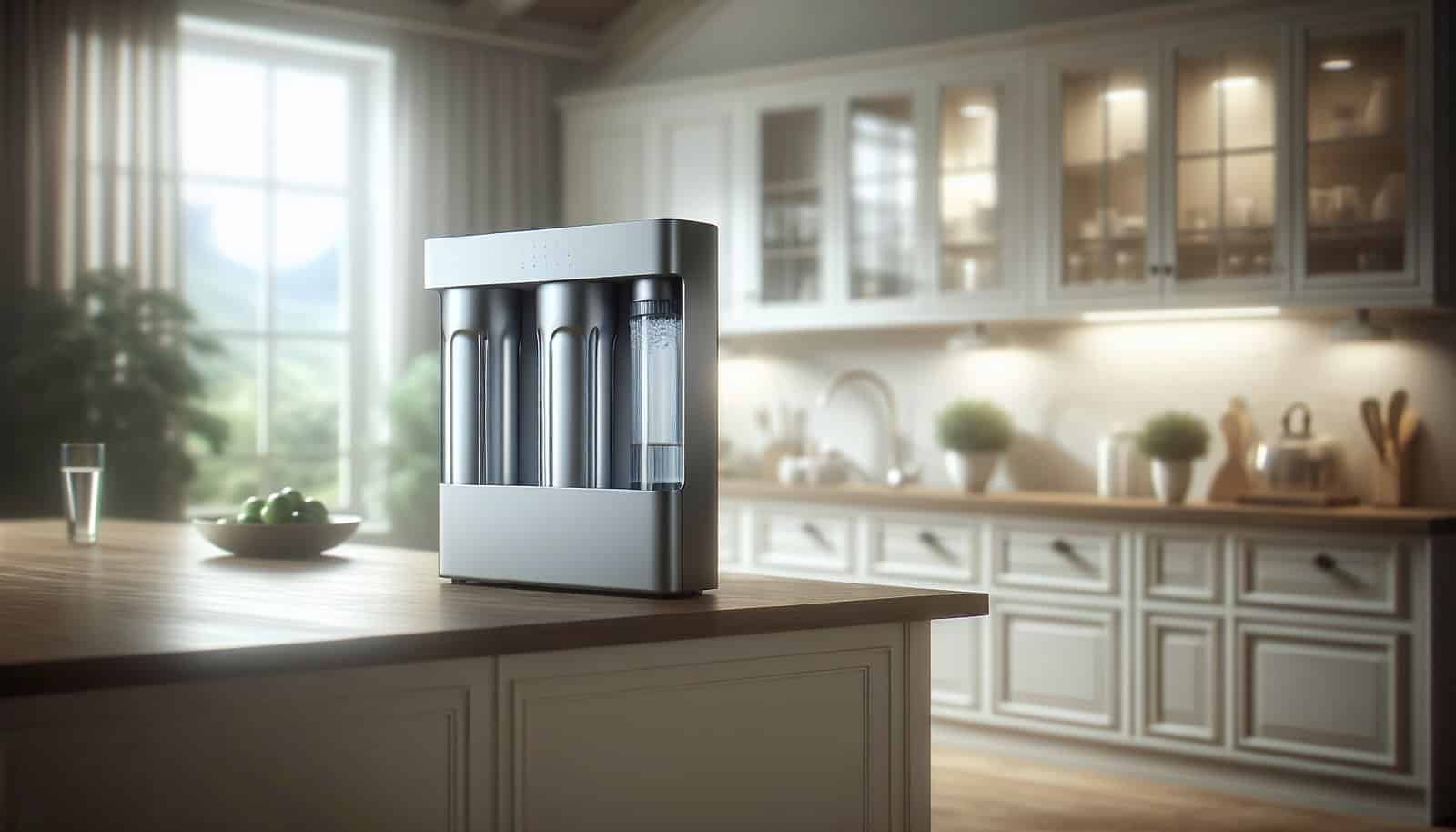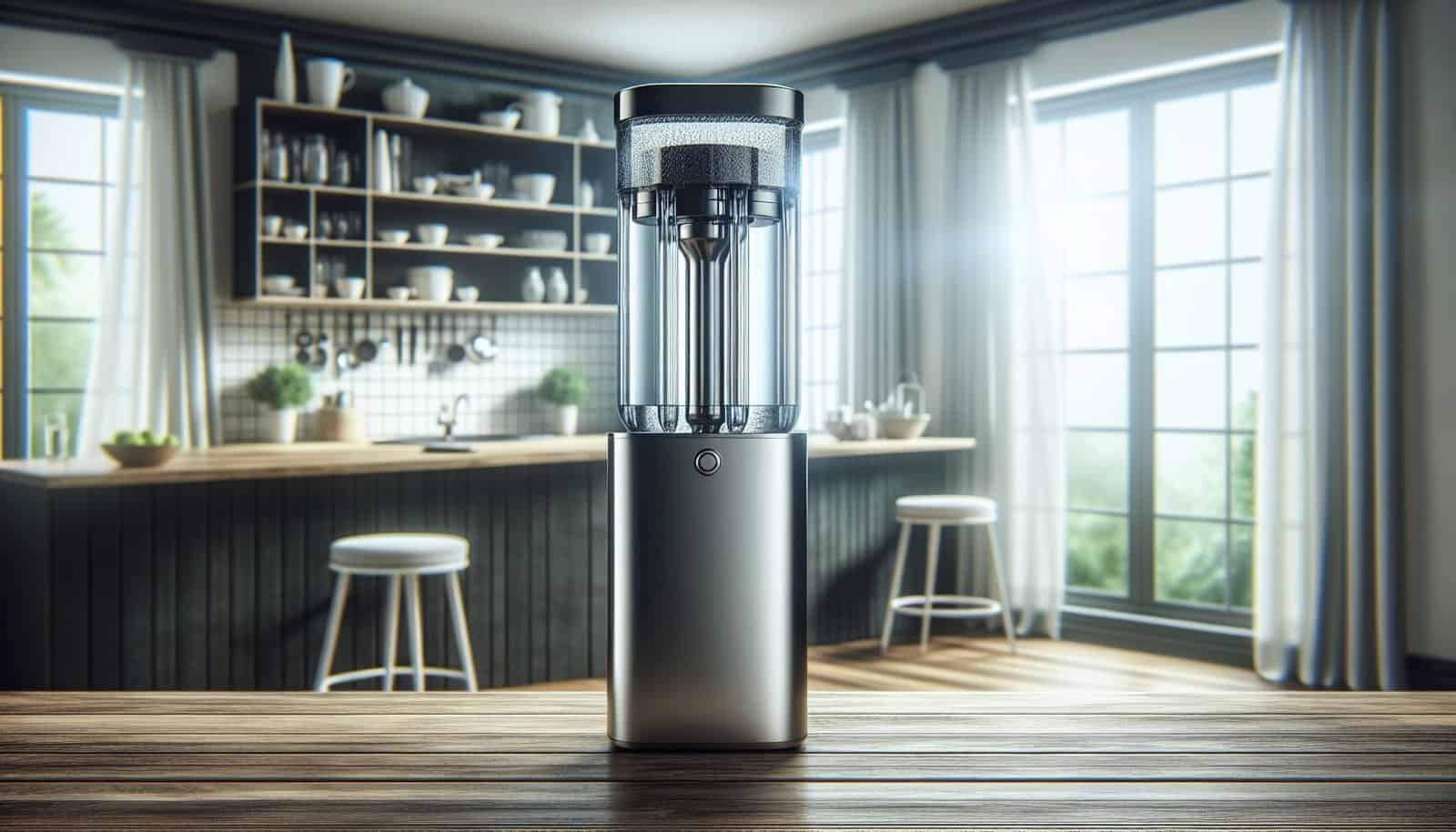Have you ever found yourself wondering about the best way to ensure your well water is safe and clean for use? If you rely on well water, it’s crucial to understand the filtration systems that can help maintain its quality. This topic can be a bit perplexing given the range of options available, each catering to different needs and contaminants. But fret not! By the end of this guide, you’ll have a comprehensive understanding of the filtration systems best suited for well water.

Understanding Well Water
If you use well water, you’re already part of the millions who enjoy this natural, often mineral-rich water source. However, while well water comes from underground sources, it isn’t automatically pristine. Unlike municipal water, which is treated and tested, well water quality varies greatly and can be affected by several factors such as location, season, and human activity.
Common Contaminants in Well Water
Before jumping into filtration options, it’s essential to know what potential contaminants could be in your well water. These can range from harmless minerals to harmful bacteria:
- Hard Minerals: Calcium and magnesium are commonly found, contributing to water hardness.
- Iron and Manganese: These can cause staining on laundry and fixtures.
- Sediment: Sand, clay, or rust particles can be present, often visible as cloudy water.
- Bacteria and Viruses: Harmful microorganisms that can cause illness.
- Nitrates: Often caused by agricultural runoff, they can be harmful at high levels.
- Volatile Organic Compounds (VOCs): These can come from industrial pollution or chemical spills.
Recognizing these potential contaminants helps you tailor your approach to selecting a filtration system.
The Role of Filtration Systems
Filtration systems are designed to remove impurities and contaminants from water, making it safe and palatable for use. With that said, what should you consider when choosing the best filtration system for your well water?
What to Consider When Choosing a Filtration System
Selecting a filtration system may seem daunting, but a few key considerations can guide you:
Water Analysis: Start with a water test to identify which contaminants are present. Testing kits are available, or you can hire professionals for a comprehensive analysis.
Contaminant-Specific Solutions: Different systems target different contaminants. Knowing what’s in your water allows you to choose the correct system.
Filtration Capacity: Assess the amount of water your household uses to determine the size of the system you need.
Maintenance Requirements: Some systems require frequent maintenance (like changing filters), while others are more hands-off. Consider how much time you’re willing to invest.
Budget: Filtration systems range widely in cost. Determine your budget for both initial purchase and ongoing maintenance.
Installation: Some systems can be installed directly by the homeowner, while others may require professional help.

Types of Well Water Filtration Systems
Now that you’ve assessed your water and noted what to consider, let’s explore the types of filtration systems available.
Sediment Filtration Systems
Sediment filters are typically the first line of defense in a filtration system, excellent for removing large particles like sand, silt, and rust. These filters come in various sizes, with micron ratings dictating the size of particles they can filter out. Lower micron ratings capture smaller particles.
- Pros: Affordable and easy to maintain.
- Cons: Only effective against large particles, so additional systems may be needed for other contaminants.
Activated Carbon Filters
These filters use a bed of activated carbon to remove contaminants through adsorption. They are highly effective at removing chlorine, VOCs, and other chemicals that can affect taste and odor.
- Pros: Improves taste and odor; effective for organic compounds.
- Cons: Not effective against heavy metals, nitrates, or microorganisms.
Reverse Osmosis Systems
Reverse osmosis (RO) systems force water through a semipermeable membrane, removing a large percentage of contaminants, including dissolved salts, heavy metals, and pathogens. RO systems are often installed under sinks for drinking water.
- Pros: Highly effective at removing a wide range of contaminants.
- Cons: Wastes a significant amount of water; can be costly and may require professional installation.
Ultraviolet (UV) Purification
UV systems use ultraviolet light to kill bacteria and viruses. This method does not remove chemicals or particulates but is ideal for ensuring biological safety.
- Pros: Effective at sanitizing water; no chemicals involved.
- Cons: Requires electricity; not effective for non-living contaminants.
Iron and Manganese Filters
If iron and manganese are issues, these filters use different media to oxidize and filter out these metals. They often use a process called oxidation/reduction which converts soluble iron and manganese into their solid forms so they can be filtered out.
- Pros: Specifically targets iron and manganese.
- Cons: May not address other contaminants without additional systems.
Water Softeners
Water softeners exchange hardness ions like calcium and magnesium with sodium or potassium ions. They are primarily used to combat hard water issues, preventing scale buildup and extending the life of appliances.
- Pros: Effective for hard water; can improve soap efficiency and the lifespan of appliances.
- Cons: Does not remove other types of contaminants.
Distillation Systems
Distillation involves boiling the water and then condensing the steam back into a liquid to remove impurities. This method is very effective at removing contaminants but is used more for small quantities.
- Pros: Highly effective; simple method.
- Cons: Energy-intensive; slow process.
Table of Filtration Systems and Their Targets
| Filtration System | Targets | Not Effective Against |
|---|---|---|
| Sediment Filters | Large particles | Microorganisms, chemicals |
| Activated Carbon | Chlorine, VOCs, taste and odor | Heavy metals, nitrates |
| Reverse Osmosis | Salts, heavy metals, pathogens | VOCs without a carbon pre-filter |
| UV Purification | Bacteria, viruses | Chemicals, particulates |
| Iron/Manganese Filters | Iron, manganese | Organic chemicals, microorganisms |
| Water Softeners | Hardness minerals | Heavy metals, bacteria |
| Distillation | Most contaminants | Speed of filtration |

Combining Filtration Systems
In many cases, a single filtration system won’t address all contaminants present in well water. A multi-stage system often comprises several types of filters working in tandem to provide comprehensive purification. Here’s how combining systems might look:
- Pre-treatment with Sediment Filter: To remove large particles that might clog or wear down other system components.
- Activated Carbon Filter: To improve taste and remove chlorine and VOCs.
- Reverse Osmosis: To target dissolved solids and heavy metals.
- UV Purification: As a final step to ensure biological safety.
Using a combination of systems maximizes the effectiveness of your water filtration setup.

Maintaining Your Filtration System
Keeping your filtration system in peak condition is key to ensuring continuous water quality. Here’s how to manage upkeep effectively:
Regular Inspection and Cleaning
Consistent monitoring helps identify issues before they escalate.
- Check Pressure Gauges (if applicable): A drop in water pressure may indicate a clogged filter.
- Inspect Seals and Connections: Ensure no leaks are present.
Filter Replacement
Each component has a lifespan dictated by use and water quality. Common replacement frequencies include:
- Sediment Filters: Every 3-6 months.
- Activated Carbon Filters: Every 6-12 months.
- Reverse Osmosis Membranes: Every 2-3 years.
- UV Lamps: Annually, to maintain efficacy.
Cleaning and Sanitizing
Systems should be periodically sanitized, especially those exposed to potential bacterial contamination. Follow manufacturer instructions carefully to avoid damage.

Conclusion
Choosing the right filtration system for your well water depends on an informed understanding of your specific water quality situation. With contaminants ranging from harmless to harmful, it’s crucial to identify what’s in your water through testing. Depending on these results, you may opt for a single filtration system or, more aptly, a multi-stage approach to cover all bases.
Ensure you consider factors such as water usage, filtration capacity, maintenance, and your budget when selecting a system. And remember, maintaining your filtration system through regular inspections and timely replacements is as vital as the initial installation.
Ultimately, well water can be a safe and satisfying resource, providing you take the necessary steps to filter it effectively. Your health and peace of mind are worth the investment in a suitable filtration solution.
